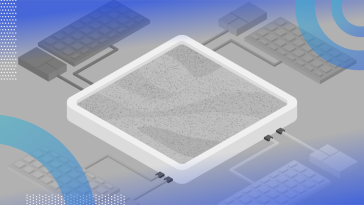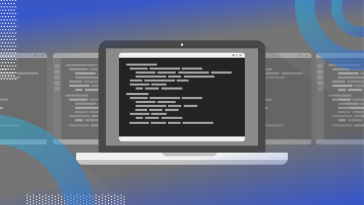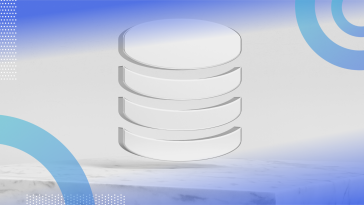Sort By
Most Recent
15 Articles
A sandbox environment is a controlled, isolated space where developers can safely test software, configurations or code changes without affecting live systems. It mirrors aspects of the production environment but prevents unintended consequences.
Cluster analysis is a data analysis technique that groups together data points that are similar to each other within a data set. Here’s how it’s useful, its applications, types, algorithms, tips for assessing clustering and an example of cluster analysis.
A command-line interface (CLI) allows you to navigate, run programs or configure your computer system by entering text commands. Here’s what makes a CLI distinct from a GUI.
Extrapolation is a statistical technique that uses existing data to predict future or unknown values that fall outside the range of the existing data. Here are common extrapolation methods, how extrapolation works and its pros and cons.
Geospatial Intelligence provides transformative insights by connecting location data with other spatial and non-spatial data. This is how it works.
Data architecture is a framework of systems, standards and models that help companies manage data from collection to distribution. It enables organizations to leverage their data as a strategic asset and build their data strategy.
Statistical analysis is the process of collecting and analyzing data using statistical methods to uncover trends, develop meaningful data insights and tell quantitative stories.
SQLite is a relational database management system that is embedded into servers and applications, making it easy to set up and efficient. Here’s how it works, its benefits and possible alternatives to SQLite.
PostgreSQL is an open-source relational database management system that uses SQL to store and manage data. It supports scalability along with advanced data types and features.
A Python dashboard is an interactive application that displays data visually using charts, tables and controls like buttons or sliders. Here's how to create flexible and powerful dashboards in Python with the Panel library.
Automatically creating interactive visualizations for exploratory data analysis is a lot easier than you think. Here’s how to use Lux and Python to make it happen.
Next time, use one line of code to automate your EDA. Here’s how.












